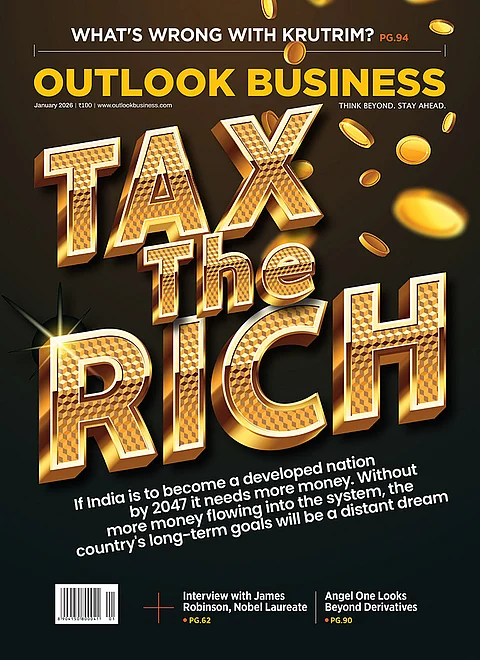By now it’s no secret that it is the winter and summer sales of high-street brands that get the glamourati excited even more than the new look and trends of the season. Unless you’re an A-lister, with Ferragamo or Canali willing to send you gowns and dinner jackets for your red carpet appearances, the cult of the “somewhat known” can be punishing on the wardrobe and the wallet. You can’t make a public appearance in the same shirt or dress because a relentless media is at hand to record such transgressions as a pair of shoes, or bag, being repeated. Such folly has, alas, permeated even the world of the Page 3 press, so that the average professional or entrepreneur feels the pressure to dress up even for corporate events, if for nothing else because pictures are bound to get uploaded on Facebook before you can say “By Zara!” The fear of the paparazzi police has led to fashion paranoia.
I hung out around the summer sales this year to see for myself who was picking up the dated outfits — yep, the life of any garment is six months, and one major public appearance. Even collegiates and tweens wouldn’t dream of repeating a dress specially ordered for a friend’s sangeet at any other event. So it was natural that they were the ones who were shopping the most. The girls came with their moms, and they tried on saris and gowns, but mostly reports were bleak about the turnover in couture. It was prêt that did better, because even poor little rich kids have to manage budgets, so off-the-shelf offerings moved faster, accessories coming on top of the list: wallets, watches, sunshades — you get the picture. Casual clothes with formal prices did next-best — roll-up sleeve shirts, shorts, Ts, zingy jackets, flowing (but not ceremonial) dresses.
I got the sense that a lot of the older people were trousseau shopping, stacking up on saris for buaji, and shawls for mamiji. Or maybe they were just shopping for kitty party-wear, which is something designers haven’t done enough justice to in all their talk of wedding outfits and resort-wear. In any case, one person’s excess is another person’s bling, so it made sense to pile up a stock for shaadi gifts. The more enterprising among them bullied the stores into giving them their regular shopping bags instead of the “sale” bags that are the prescribed mode for most high-street fashion labels.
The serious shoppers all wore dark glasses, almost as though they feared being stalked. They were well-informed and their choices tended towards Western wear and more obvious brands. A shirt under a jacket is hardly likely to look dated, and just how many cuts can a skirt, or even a jacket, have? These were people with “known” faces you might have a little trouble placing at first instance, and this was probably their equivalent of Sarojini Nagar trawling for best-buys, but they added the most to the stores’ kitties, and they were fuss-free buyers.
That high-street brands get more footfalls than premium luxury is now well-known, but what’s less-known is that this isn’t just due to the value differential. Most upscale brands are fussy and snobbish and don’t do casual well, while Indian customers are beginning to loosen up and dress down just a little bit without feeling conscious about it — a sign that they’re coming of age. Yet, as long as they hold out a lifeline to the young to experiment with brands, even if they are on sale, the luxury label is safe and well, thank you.
—The author is a Delhi-based writer and curator











